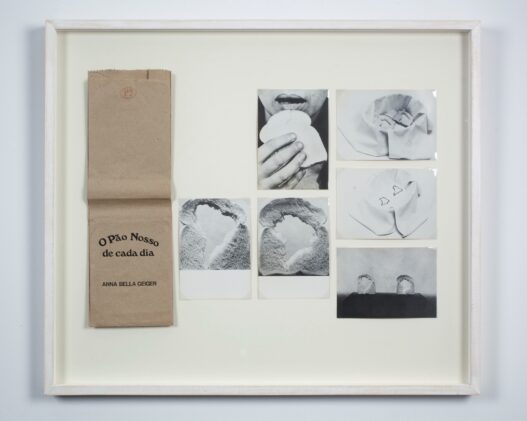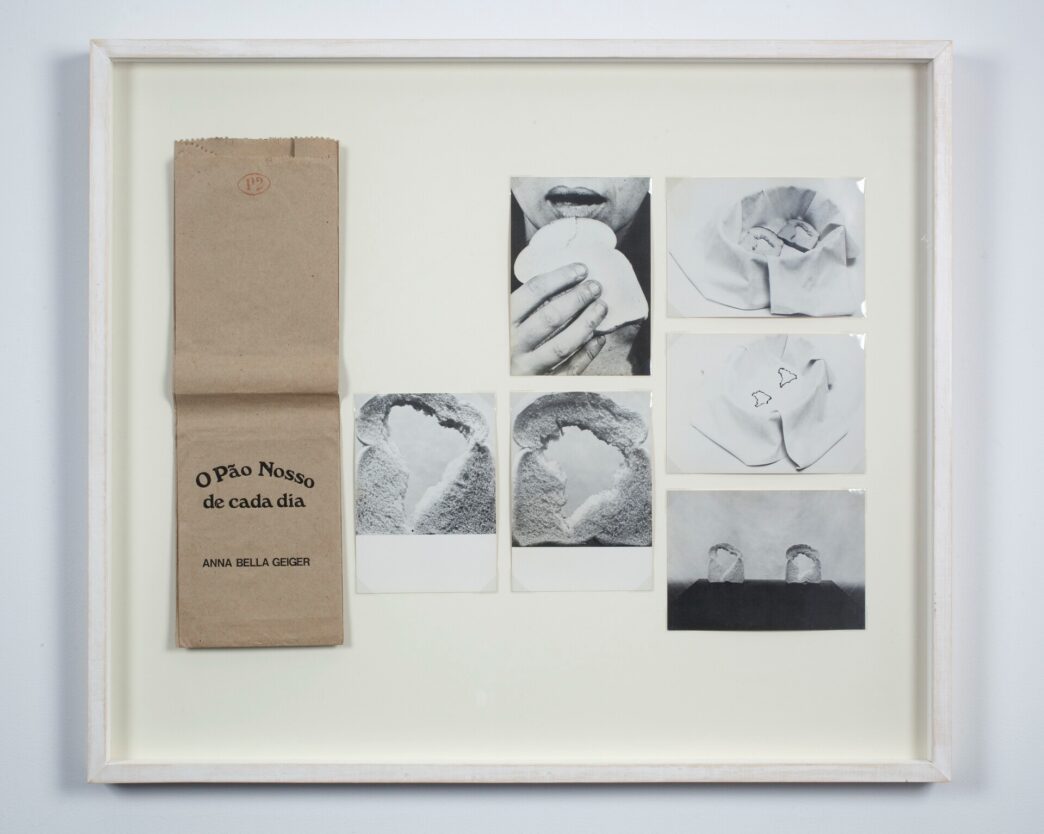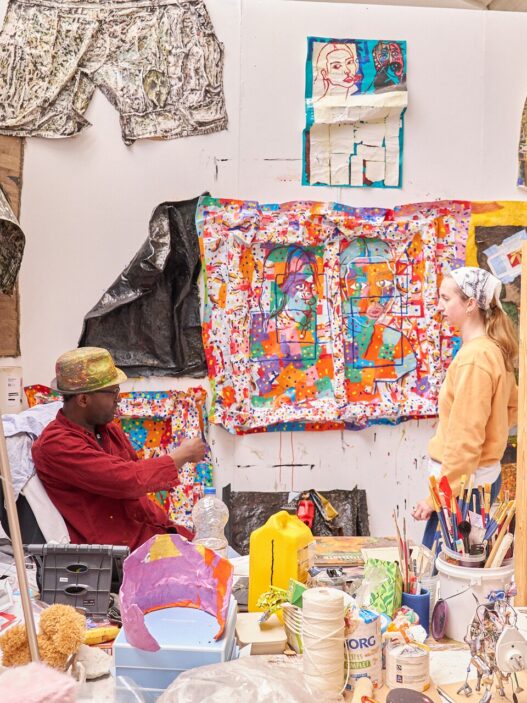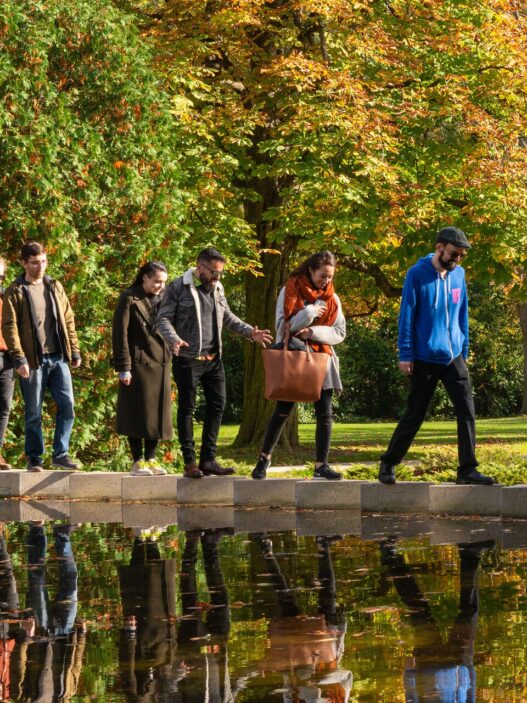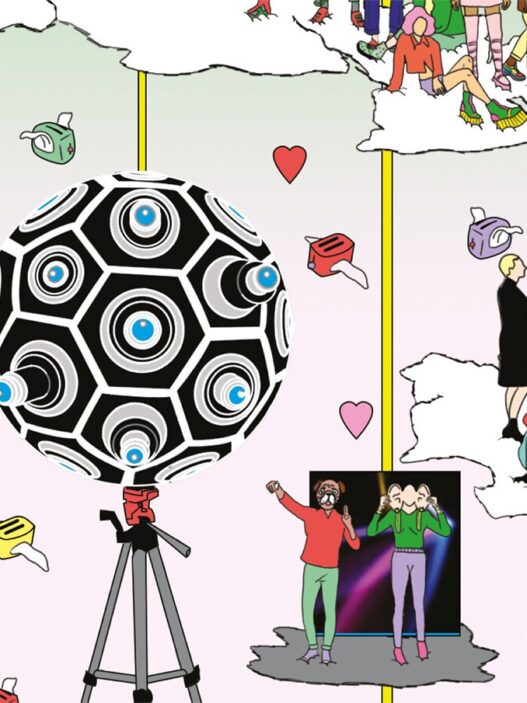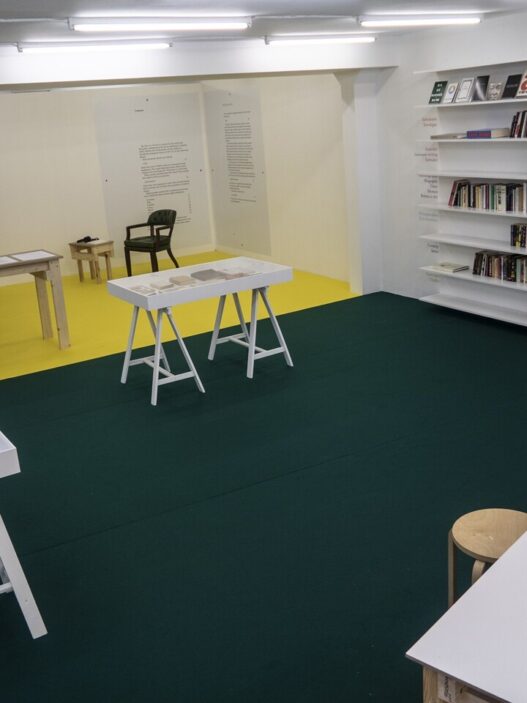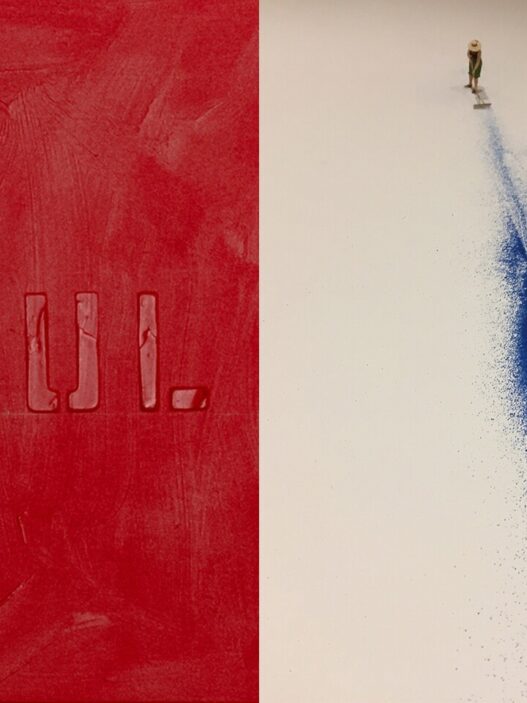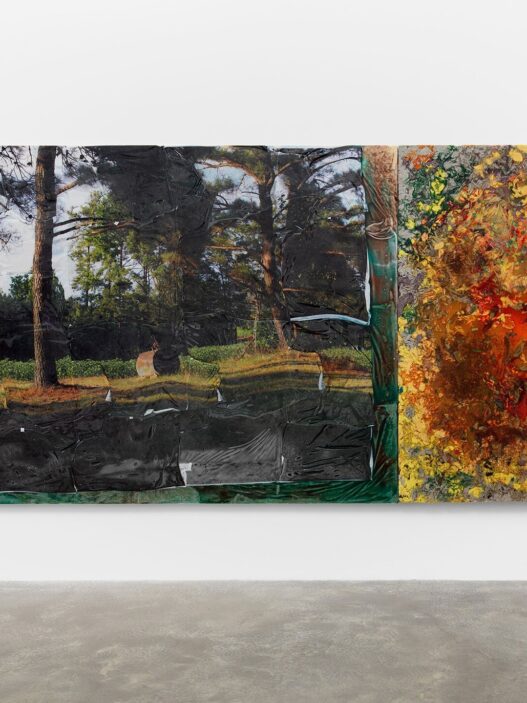October 13, 2022–February 24, 2023
The Institute for Studies on Latin American Art (ISLAA) is delighted to announce the opening of Political/Subjective Maps: Anna Bella Geiger, Magali Lara, Lea Lublin, and Margarita Paksa. Curated by Cecilia Fajardo-Hill, the exhibition will bring together key works by Anna Bella Geiger (Brazilian, b. 1933), Magali Lara (Mexican, b. 1956), Lea Lublin (French Argentine, 1929–1999), and Margarita Paksa (Argentine, 1933–2020). It will examine the ways in which these four forward-thinking conceptual artists have exploited the visual language of maps to draw attention to established power structures, delve into social, political, emotional, and personal issues, and conjure up brand-new perspectives on the world.
From Joaqun Torres-América Garca’s Invertida (1943) to Juan Downey’s Map of America (1975), maps have a long history in Latin American art. They have provided useful ground for challenging the colonialist institutions that underlie global dynamics. Artists have underlined the origins of maps as manufactured and symbolic representations, informed by the biased opinions and concealed aims of their creators, in contrast to maps which are frequently viewed as unbiased, depoliticized, and scientific. Through the employment of components like scale, location, and orientation, cartography has been used to solidify hierarchies, demarcate territory, and represent power relationships from the ancient times through the European conquests to the present.
Geiger, Lara, Lublin, and Paksa have questioned the imperialist and patriarchal viewpoints ingrained in map-making in their work by utilizing a variety of media and conceptual approaches. In her reimagined maps, Geiger resists neocolonial categories, while Paksa explores the histories of state violence in Uruguay and Argentina in works like Diagramas de Batallas (1970–76). Lara’s schematic drawings and watercolors explore intimacy, passion, and desire as opposed to the scientific rationale of ordering systems like charts and atlases. In contrast, Lublin created interactive settings like Fluvio Subtunal (1969) that aimed to produce fresh, liberating approaches to seeing art.
The exhibition is structured into two main themes—subjectivity and politics—and progresses from the interior worlds of the mind and body to the external worlds of the public and the political from a thematic and spatial perspective. The first section examines how Lublin uses mapping to create a shared experience, while the latter piece looks at how Lara uses cartography to represent her own subjectivity and sense of femininity. The second portion examines how Geiger and Paksa symbolize geopolitical processes and the politics of opposition and condemnation.
Political/Subjective Maps is accompanied by a booklet featuring an essay by Cecilia Fajardo-Hill and designed by Ramón Tejada. Physical copies will be distributed free of charge at ISLAA, and a digital version will be made available to download at islaa.org in October.
The exhibition will open with a reception on Thursday, October 13 from 5 to 8pm. Guests are asked to sign up in advance using this online form. Find out more here.
ISLAA Exhibition Talks
ISLAA will hold a number of live and recorded presentations on the work of Margarita Paksa, Lea Lublin, Magali Lara, and Anna Bella Geiger in conjunction with the show. In two different online chats, Geiger and Lara will go through the function of cartography in their respective works. Researchers Stephanie Weber and Ionit Behar will create prepared courses that will be posted online and place map-making techniques within the careers of Lublin and Paksa. In November, further information regarding these occasions as well as films, will be uploaded to the ISLAA website.
About ISLAA
The Institute for Studies on Latin American Art (ISLAA) advances scholarship and public engagement with art from Latin America through its program of exhibitions, publications, lectures, and partnerships with universities and art institutions.
50 East 78th Street
New York, New York 10075
United States
www.islaa.org









